
Santo Antônio Convent
Explore one of Brazil's oldest Franciscan convents, a gem of Baroque architecture housing Latin America's first sacred art museum.
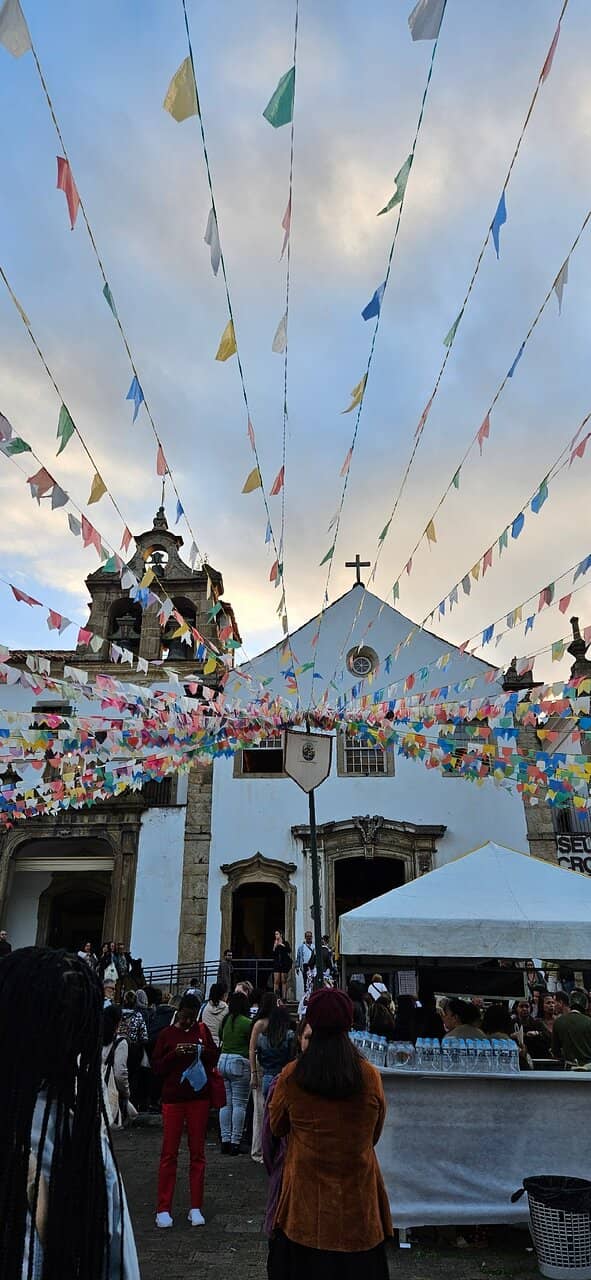
Highlights
Must-see attractions
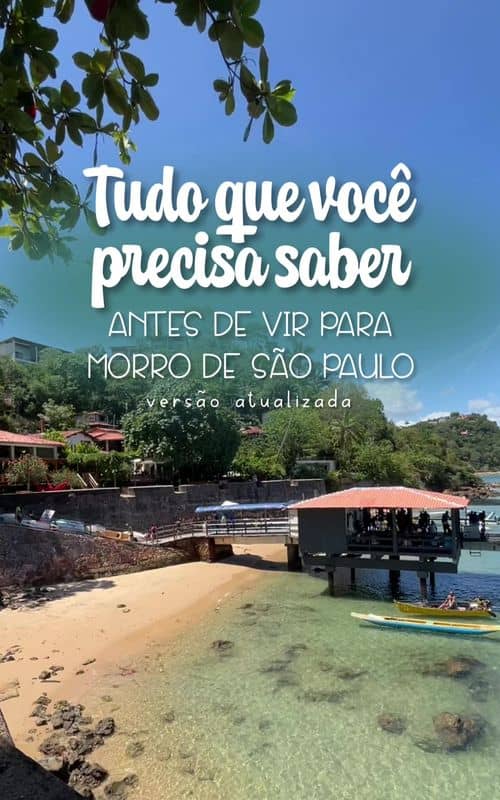
Social
From TikTok & Reddit
Best Time
Fewer tour groups

Santo Antônio Convent
Best Time
Fewer tour groups

Highlights
Must-see attractions
Explore one of Brazil's oldest Franciscan convents, a gem of Baroque architecture housing Latin America's first sacred art museum.
"A must-see historical gem with incredible sacred art, don't miss it on your island tour!"
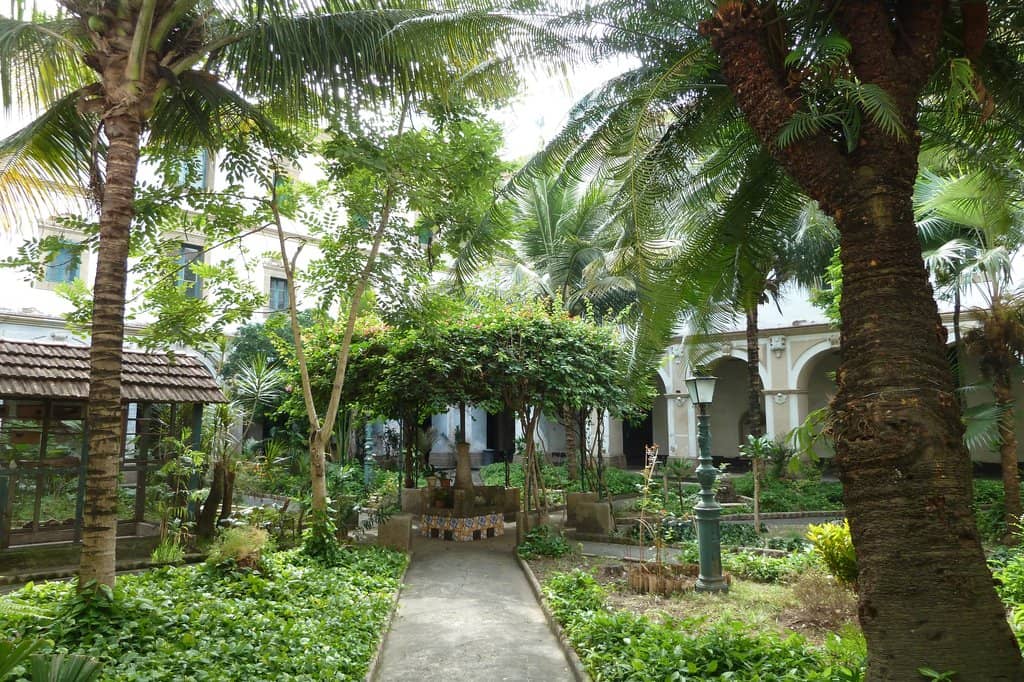
🎯 Hire a Local Guide
Essential for understanding history; avoid generic tour guides. :bustsinsilhouette:
⏳ Allow ample time
Don't rush; explore the art and architecture fully. :hourglass:
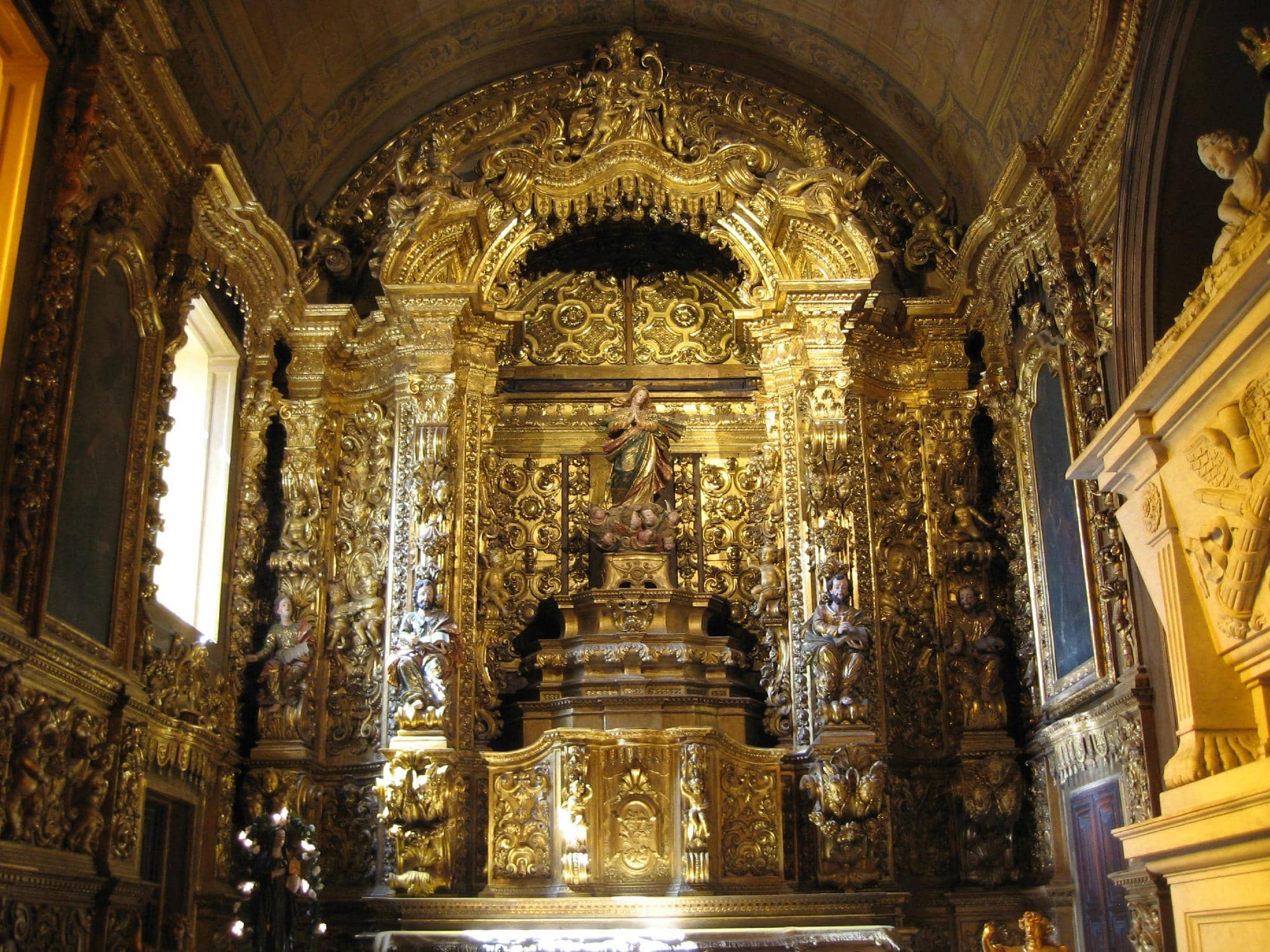
Highlights
Discover the most iconic attractions and experiences
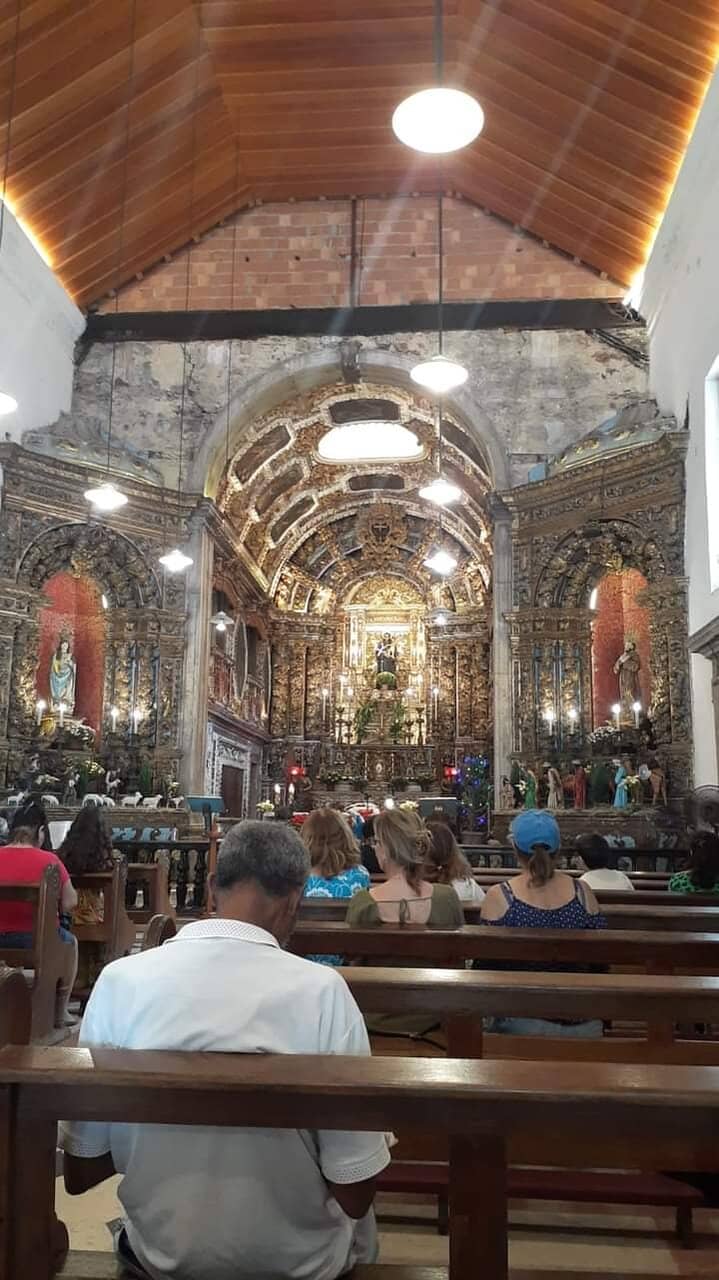
Convent's Sacred Art Museum
Inside the Convent
Explore Latin America's first sacred art museum, showcasing Baroque sculptures, paintings, and relics.
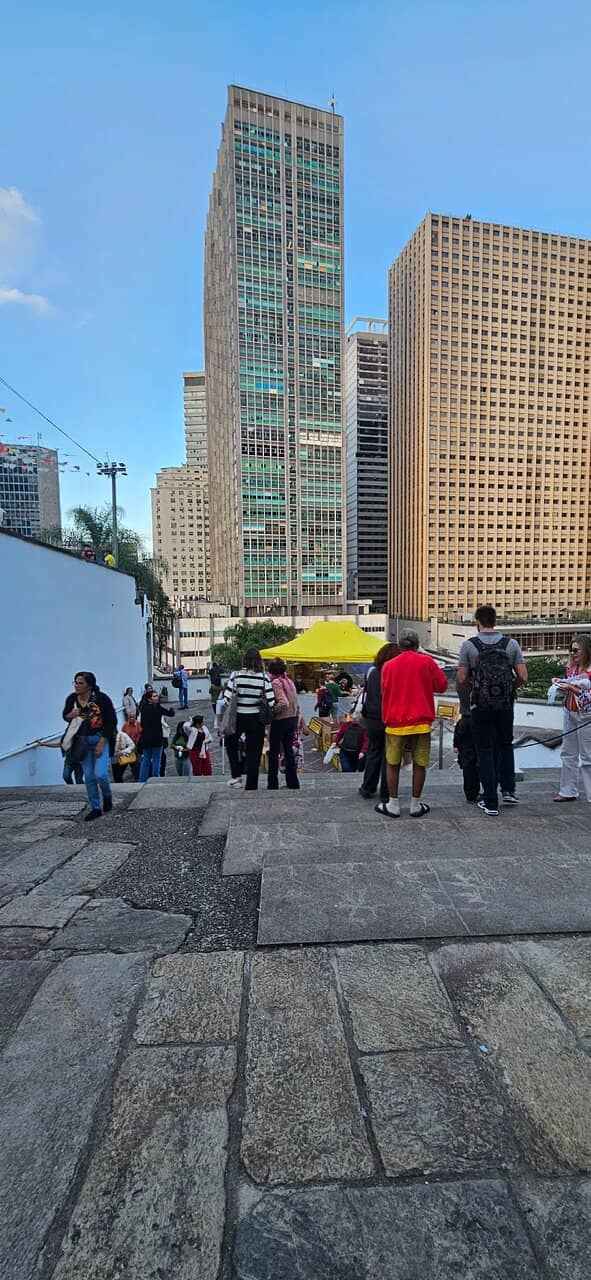
Baroque Architecture
Exterior and Interior
Marvel at the unique triangular facade and intricate details of this early Brazilian Baroque masterpiece.
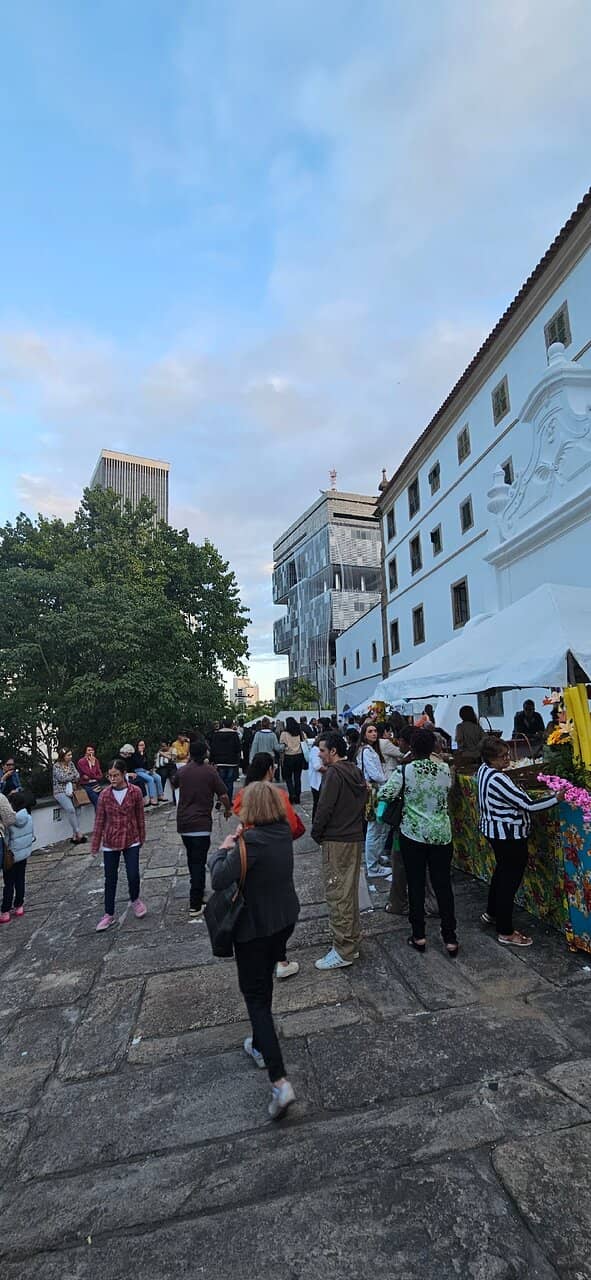
Historical Significance
Throughout the Convent
Discover its role as one of Brazil's oldest Franciscan convents, a testament to colonial history.
Plans like a pro.
Thinks like you
Planning Your Visit
Timing Your Visit to Santo Antônio Convent
The Value of a Guide at Santo Antônio Convent
Best Times
Insider Tips
from TikTok, Instagram & Reddit
🎯 Hire a Local Guide
Essential for understanding history; avoid generic tour guides. :bustsinsilhouette:
⏳ Allow ample time
Don't rush; explore the art and architecture fully. :hourglass:
🚶♀️ Part of 'Volta à Ilha'
Often included in island tours from Morro de São Paulo. :ferry:
💰 Small Entrance Fee
Affordable entry fee, making it a great value. :moneywithwings:
Tips
from all over the internet
🎯 Hire a Local Guide
Essential for understanding history; avoid generic tour guides. :bustsinsilhouette:
⏳ Allow ample time
Don't rush; explore the art and architecture fully. :hourglass:
🚶♀️ Part of 'Volta à Ilha'
Often included in island tours from Morro de São Paulo. :ferry:
💰 Small Entrance Fee
Affordable entry fee, making it a great value. :moneywithwings:
What Travellers Say
Reviews Summary
Visitors praise the Santo Antônio Convent for its historical significance and the impressive collection of sacred art, often calling it a must-see on the 'Volta à Ilha' tour. The affordable entrance fee and the unique Baroque architecture are frequently highlighted as major draws. However, some reviewers note that the convent can be overlooked by many tourists and occasionally experiences unexpected closures, emphasizing the importance of a good guide to fully appreciate its value.
"Foi uma ótima experiência! É visita obrigatória pra quem vai em morro de São Paulo e faz o melhor passeio (a volta a ilha). O convento Franciscano do século XVI é o segundo mais antigo do Brasil e faz parte da nossa história. Como recebem muitos turistas tem um guia que acompanha na visita, a entrada custa R$4,00 por pessoa e vale muito a pena! É tudo muito lindo! Super recomendo!"
Dr. Rafael Almeida - Especialista em Inventários
"O complexo do Convento de Santo Antônio foi fundado em 1650 com uma estrutura de taipa, que consiste em uma mistura de barro com cascalho, em 1954 teve início a construção do prédio atual, em alvenaria e cuja fachada ficou pronta em 1686, a obra somente foi concluída em 1750, o Convento fica localizado na Praça Marechal Deodoro 1, no município de Cairu na Bahia, abrigado em uma bela edificação, foi o terceiro convento construído no Brasil e tem suas características preservadas, mas precisa de restauração.
Não é um ponto turístico muito divulgado, sendo praticamente desconhecido pela grande maioria dos turistas e visitantes que passam pela região, mas é de grande importância histórica pelo fato de ser considerada a primeira construção com estilo barroco no Brasil.
Possui a fachada tem a forma de um triângulo escalonado e no primeiro nível, estão cinco arcos que dão acesso à parte interna, no segundo, três grandes janelas contornadas por volutas e pináculos, o terceiro possui a imagem do santo padroeiro e elementos ornamentais; o quarto e último nível coroa o edifício e sustenta a cruz, ao lado esquerdo, recuado em relação à fachada principal, encontra-se o campanário com o sino, o interior abriga um enorme acervo de obras sacras com muitas pinturas, imagens, documentos, estátuas, azulejos decorativos, objetos, vestimentas e mobiliários.
A pintura do teto da igreja data de 1875 e mostra Jesus Cristo segurando um raio nas mãos diante de um grupo de pessoas ajoelhadas, não é considerada uma obra de arte, pois apresenta problemas no desenho das figuras e na representação da perspectiva, mas possui grande riqueza de detalhes e cores vivas e durante estudos realizados nos anos 2000, foi constatado que essa obra esconde pinturas originais do século XVIII e que ainda não foram restauradas.
O Convento pode ser conhecido durante o passeio “Volta à Ilha” que sai do Morro de São Paulo e passa por vários pontos turísticos em volta da Ilha de Tinharé.
Mas fica a dica de não utilizar os guias do cais, pois pouco sabem e cobram apenas levar os visitantes até a porta do convento, mas infelizmente não tem preparo para dar as explicações necessárias, na chegada os visitantes são recepcionados por um frei muito cordial e simpático.
O prédio tombado pelo Instituto do Patrimônio Histórico e Artístico Nacional - IPHAN, em 1941."
Carlos Roberto Minossi
"Eu e minha sogra compramos o passeio Volta à Ilha com a Cassi Turismo e a quinta parada foi no povoado de Cairu, onde encontrei o melhor guia turístico da cidade, que me levou para conhecer o Convento Santo Antônio, me dando todas as dicas e informações necessárias sobre o local. Primeiro, ele me orientou a entrar e sair da igreja com o pé direito, caso quisesse me casar ou firmar o meu casamento. Lá dentro, explicou sobre os túmulos que ficam próximos ao altar (pessoas ricas tinham dinheiro para serem enterradas dentro da igreja; quanto mais próximo ao altar, mais caro o túmulo, pois acreditavam que estariam mais próximas de Deus após a morte, enquanto os pobres eram enterrados nos arredores, do lado de fora) e também sobre a pintura no teto. Depois, me levou às demais alas do convento, que são repletas de histórias magníficas. Visitar o local sem um guia ou sem conhecer o seu valor histórico, é perda de tempo e de dinheiro. Vale muito a pena e precisa ir com tempo (um ponto negativo da Cassi Turismo, com quem fechei meus passeios, é que eles querem incluir muita coisa em um mesmo roteiro e acabam fazendo os turistas correrem de um lado pro outro sem efetivamente aproveitar cada destino)!"
Elisa Carolina
What People Like
What People Dislike
Frequently Asked Questions
🚇 🗺️ Getting There
The convent is typically visited as part of the 'Volta à Ilha' tour, which departs from Morro de São Paulo and includes stops at various points around the island, including Cairu where the convent is located. Some tours may offer direct transport, but it's often integrated into a larger itinerary.
While the convent is in Cairu, reaching Cairu from Morro de São Paulo usually involves boat transfers as part of organized tours. Direct public transport to the convent itself might be limited, making tours the most common method.
If you're exploring independently, you'll likely need to arrange boat transport to Cairu and then find local transport or walk to the convent. It's advisable to check local ferry schedules and options in advance.
When booking tours, be aware that some guides may only take you to the door without providing in-depth information. Opt for tours that emphasize historical context or hire a local guide upon arrival for a richer experience.
🎫 🎫 Tickets & Entry
The entrance fee is very affordable, typically around R$4.00 per person, making it a worthwhile investment for the historical and artistic treasures inside.
Advance booking is generally not required, especially if you are visiting as part of a tour. However, it's always a good idea to check for any specific opening hours or special event closures.
Opening hours can vary, and sometimes the convent might be closed unexpectedly. It's best to inquire locally or check with your tour operator for the most up-to-date information.
While generally open, there have been instances where the convent was closed for visitors. Confirming access on the day of your visit is recommended.
Information on specific discounts is not widely available, but the standard entrance fee is very low, making it accessible for most travelers.
🎫 🧭 Onsite Experience
Inside, you'll find the Sacred Art Museum, featuring sculptures, paintings, and religious artifacts from the Baroque period. The convent also houses historical documents, decorative tiles, and furniture, offering a glimpse into centuries of history.
Absolutely! A guided tour is highly recommended to fully appreciate the historical and artistic significance of the convent. Local guides provide in-depth explanations that enhance the visitor experience.
The convent is a prime example of early Brazilian Baroque architecture, characterized by its unique triangular facade, intricate details, and ornate interior. It's considered one of the first constructions in this style in Brazil.
Photography policies can vary. While some areas might allow photos, it's always best to check for signage or ask permission from staff or guides before taking pictures, especially of religious artifacts.
The ceiling painting, dating back to 1875, depicts Jesus Christ. While not considered a masterpiece due to perspective issues, it's rich in detail and color. Studies suggest it may conceal original 18th-century paintings yet to be restored.
📸 📸 Photography
The exterior with its unique triangular facade offers striking architectural shots. The courtyards and interiors, especially the Sacred Art Museum, provide opportunities for capturing historical details and religious art.
Photography rules can change, so it's wise to inquire locally. Flash photography is often prohibited to protect delicate artworks.
Architectural photography highlighting the Baroque style and details is excellent. Capturing the sacred art and historical artifacts within the museum also makes for compelling shots.
Drone usage is typically restricted in historical and religious sites to preserve their integrity and for safety reasons. Always check local regulations before flying a drone.
Morning light can be ideal for exterior shots, while interior lighting conditions will vary. Consider visiting when natural light is best for the specific areas you wish to photograph.
For Different Travelers
Tailored advice for your travel style
👨👩👧 Families with Kids
Consider hiring a guide who can tailor their explanations to be more accessible for younger audiences. While the sacred art might be a bit abstract for very young children, the sheer scale and history of the convent can be impressive. Ensure the tour pace is manageable for kids, and be prepared for potential closures or limited access, as noted by some visitors.
🏛️ History Buffs & Art Enthusiasts
Engage with local guides who can offer deep insights into the convent's construction, its role in Brazilian history, and the artistic merit of its collections. The potential for uncovering original 18th-century paintings beneath the current ceiling artwork adds another layer of intrigue for art historians. Visiting this convent is not just sightseeing; it's an immersion into Brazil's rich cultural and religious past.
Deep Dives
In-depth insights and expert knowledge
A Journey Through History: The Santo Antônio Convent
The convent's exterior is a striking example of Baroque design, featuring a distinctive triangular facade. The first level has five arches, the second boasts three large windows framed by volutes and pinnacles, and the upper levels are adorned with the patron saint's image and decorative elements, culminating in a cross. Adjacent to the main facade is the bell tower. The interior houses an extensive collection of sacred art, including numerous paintings, statues, documents, decorative tiles, and furniture, offering a rich visual narrative of religious history.
Recognized for its historical importance, the convent was officially listed by the National Historical and Artistic Heritage Institute (IPHAN) in 1941. While it has been preserved, there's an ongoing need for restoration to maintain its integrity. Visitors often experience the convent as part of the 'Volta à Ilha' tour from Morro de São Paulo, which provides a convenient way to access this historical treasure.
The Sacred Art Museum: A Treasure Trove of Baroque Art
Among the notable features is the church's ceiling painting, created in 1875. While it has artistic imperfections, it is rich in detail and vivid colors, depicting Jesus Christ surrounded by kneeling figures. Intriguingly, research has revealed that this painting may conceal original 18th-century artworks that are yet to be uncovered and restored. The museum also contains tombs near the altar, reflecting the historical practice where wealthier individuals paid for burial within the church, believing it brought them closer to God.
Visiting the museum with a knowledgeable guide is highly recommended to fully grasp the context and significance of each piece. The collection provides a tangible connection to the past, illustrating the deep-rooted religious devotion and artistic talent that characterized the era.

Social
from TikTok, Instagram & Reddit